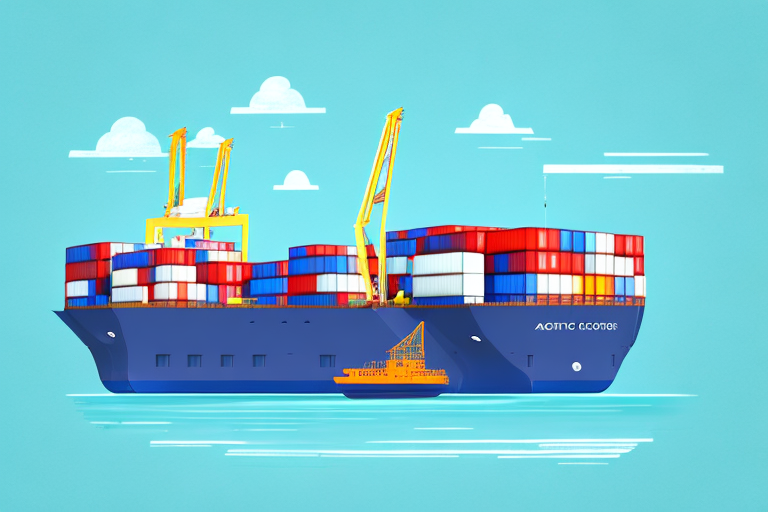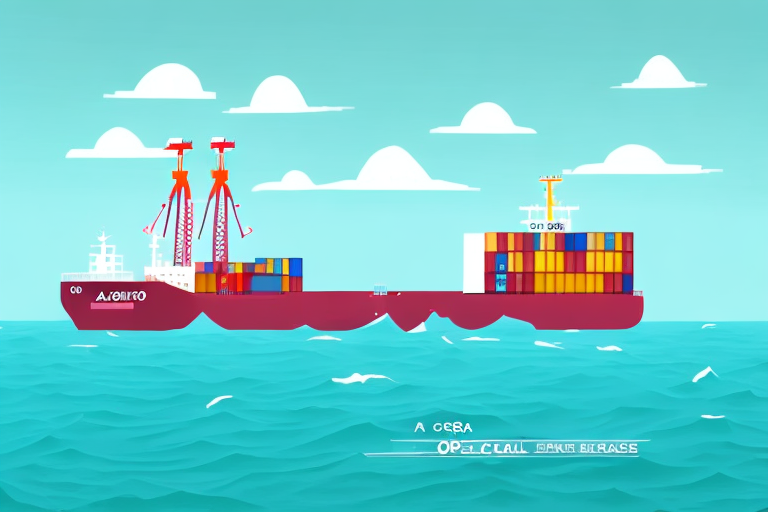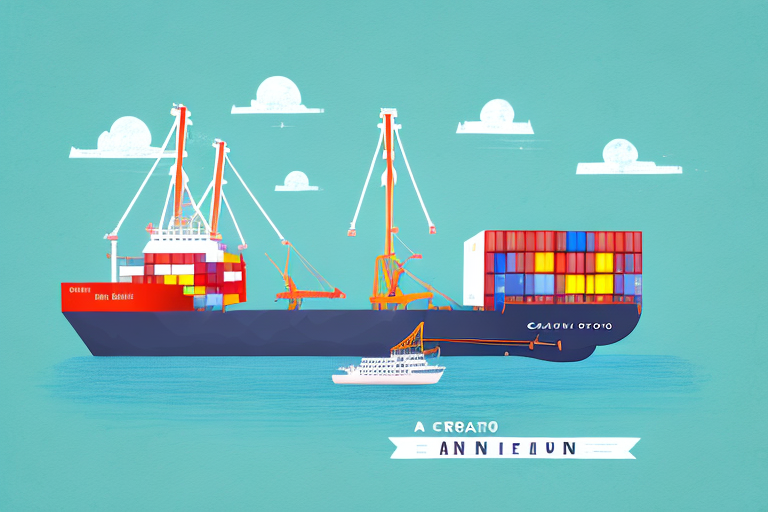Understanding CWT in Shipping
CWT stands for "centum weight" or hundredweight. It is a crucial term in the shipping industry used to describe the weight of a shipment. Specifically, CWT refers to 100 pounds in the U.S. measurement system or 112 pounds in the British measurement system.
Carriers utilize various weight measurements depending on the country, region, and mode of transportation. For instance, CWT is predominantly used in the U.S. shipping sector, especially for commodities like grains, metals, and minerals.
It's essential to distinguish CWT from terms like "gross weight" and "net weight." Gross weight includes the total weight of the shipment along with packaging, whereas net weight refers solely to the weight of the goods themselves. CWT serves as a unit of measurement that can apply to both, depending on the shipment's requirements.
History and Origins of CWT
The concept of CWT dates back to the Middle Ages, initially used in the wool trade to measure the weight of wool in sacks, typically around 108 pounds each. Over time, the term gained prominence in the U.S. shipping industry, especially for transporting agricultural products.
While the popularity of CWT has waned with the emergence of other weight measurements, it remains prevalent in specific sectors. For example, in the transportation of scrap metal and certain bulk commodities in Asia, CWT is still the preferred measurement.
According to a 2023 Industry Report, CWT continues to be a significant metric in sectors where weight strictly dictates transportation costs.
Calculating CWT for Shipments
To determine the CWT of a shipment, divide the total weight of the goods by the CWT conversion rate:
- In the U.S., the conversion rate is 100 pounds.
- In the UK, it is 112 pounds.
Example: A shipment weighing 500 pounds in the U.S. would be calculated as 5 CWT (500 ÷ 100 = 5).
Be aware that some carriers may round the shipment weight to the nearest even CWT. For instance, a 204-pound shipment could be rounded up to 300 pounds (3 CWT), impacting the overall shipping cost.
Additionally, certain goods like hazardous materials or oversized items may have different CWT conversion rates. Always consult with your carrier to ensure accurate calculations.
Factors Influencing CWT Rates
Several elements determine the cost of shipping based on CWT:
- Distance: Longer distances typically incur higher costs.
- Mode of Transportation: Air freight is generally more expensive than ground or ocean freight.
- Type of Goods: Perishable or hazardous materials may attract additional fees.
- Seasonal Demand: Peak seasons, like holidays, can drive up rates due to increased demand.
- Weather Conditions: Adverse weather can necessitate alternative routes or modes, affecting costs.
According to the 2023 Logistics Data, the average CWT rate fluctuated by 10% year-over-year due to changing fuel prices and global supply chain challenges.
Advantages and Disadvantages of Using CWT
Advantages
- Standardization: Widely recognized and accepted, facilitating clear communication and comparison of shipping costs.
- Simplicity: Easy to calculate and apply for bulk shipments.
Disadvantages
- Precision: May not accurately reflect the actual weight for all goods, especially bulky or lightweight items.
- Transparency: CWT rates can include undisclosed fees and surcharges, making cost breakdowns less clear.
- Volume Ignorance: Doesn't account for the shipment's volume or density, potentially leading to pricing discrepancies.
For shipments where volume is a critical factor, alternative measurements like cubic meters or kilograms might be more appropriate to ensure accurate pricing.
CWT vs. Other Freight Terms
In the shipping industry, various weight measurement terms are used, each suited to different types of shipments:
- Gross Weight: Total weight including packaging.
- Net Weight: Weight of the goods alone.
- Metric Tonne: Commonly used internationally, especially for manufactured goods.
- Deadweight Tonnage: Used for entire vessels, accounting for cargo, fuel, and crew weight.
CWT is primarily used in the U.S. for bulk commodities like grain and metals, whereas terms like metric tonne are favored internationally for a broader range of goods. Understanding these differences is crucial for avoiding confusion in international shipping.
Future Outlook and Best Practices for CWT
Future Outlook
Despite the rise of alternative weight measurements, CWT remains vital for certain industries. Experts predict that while its usage may decline in some sectors, it will continue to be essential for bulk and commodity shipping.
According to Expert Opinions, the integration of technology and automation in logistics could enhance the accuracy and efficiency of CWT-based calculations.
Best Practices for Managing CWT Freight Costs
- Negotiate Rates: Engage with multiple carriers to secure competitive pricing.
- Optimize Routing: Plan efficient routes to minimize distance and transit time.
- Leverage Technology: Use logistics software for better visibility and tracking of shipments.
- Stay Informed: Keep abreast of industry trends and regulatory changes affecting CWT rates.
Implementing these practices can lead to significant cost savings and more efficient shipping operations.
Common Misconceptions and Clarifications
A prevalent misconception is that CWT always equates to exactly 100 pounds. In reality, shipment weights may be rounded up or down based on the carrier's policies, which can affect overall costs.
Additionally, it's often assumed that CWT rates are straightforward. However, these rates can include various fees and surcharges, emphasizing the need for careful review of shipping contracts.
To avoid these misunderstandings, always communicate directly with your carrier and ensure clarity in all aspects of the shipping agreement.
Impact of Global Events on CWT Rates
Global events, such as the COVID-19 pandemic, have significantly influenced CWT rates and trends. The pandemic caused supply chain disruptions, leading to increased rates for essential goods while reducing demand and rates for non-essential items.
As outlined in the COVID-19 Impact Report, the shipping industry has had to adapt by enhancing flexibility and resilience in logistics strategies to navigate fluctuating CWT rates.
Looking forward, ongoing global challenges and economic shifts will continue to shape the dynamics of CWT rates and their application in the shipping industry.
Expert Insights on CWT's Role in Modern Shipping
Industry experts are divided on the future of CWT as a freight term. Some anticipate a continued decline as alternative measurements gain traction, while others believe CWT will sustain its relevance in specific niches.
Dr. Emily Thompson, a logistics analyst at ShipScience, states, "CWT remains indispensable for bulk commodities where weight is the primary cost driver. However, the integration of multifaceted measurement systems will enhance accuracy and cost-efficiency."
Regardless of differing opinions, a comprehensive understanding of CWT and its applications remains essential for professionals navigating the complexities of the shipping industry.




















